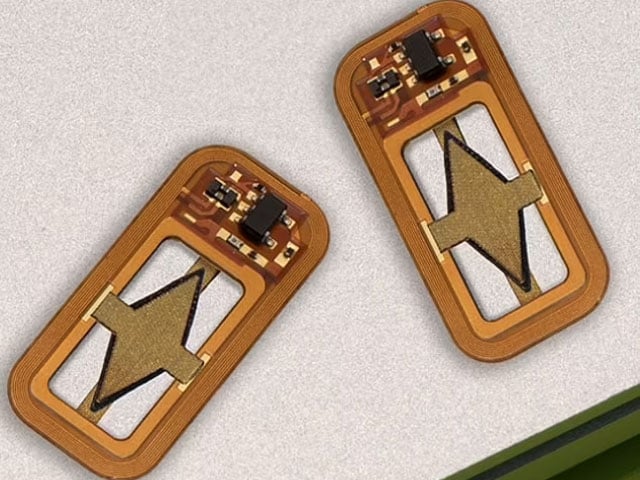Massachusetts: Scientists claim to have developed a new implantable device that will replace insulin injections used by people with type 1 diabetes.
Researchers at the Massachusetts Institute of Technology (MIT) in the United States have created a device the size of a chewing gum that can inject insulin-producing cells into the body of diabetic patients and provide them with unlimited amounts of oxygen. can do
The device, tested on mice, has the potential to help diabetics control their blood sugar levels and eliminate the need to inject insulin. While scientists believe that the device (which is planned to be tested on humans soon) could also be used as a treatment for other diseases by delivering the required protein.
Dr. Daniel Anderson, a professor of chemical engineering at MIT and one of the developers of the device, said it could be thought of as a living medical device that is made from human cells and releases insulin as well. It also has an electronic life support system.
Dr Anderson said that the majority of patients are insulin dependent and have insulin injections but their blood sugar levels are not healthy. If their blood sugar levels are monitored (even by those who are very careful), insulin cannot do the job that active detection can.
Experts faced problems supplying transplanted insulin-producing cells with adequate oxygen. MIT scientists solved this by tracking the breakdown of water vapor in the body into its components (hydrogen and oxygen).
The oxygen then enters the device’s storage chamber where it cultivates the transplanted insulin-producing cells, which then have an immediate effect on elevated blood glucose levels.
(function(d, s, id){
var js, fjs = d.getElementsByTagName(s)[0];
if (d.getElementById(id)) {return;}
js = d.createElement(s); js.id = id;
js.src = “//connect.facebook.net/en_US/sdk.js#xfbml=1&version=v2.3&appId=770767426360150”;
fjs.parentNode.insertBefore(js, fjs);
}(document, ‘script’, ‘facebook-jssdk’));
(function(d, s, id) {
var js, fjs = d.getElementsByTagName(s)[0];
if (d.getElementById(id)) return;
js = d.createElement(s); js.id = id;
js.src = “//connect.facebook.net/en_GB/sdk.js#xfbml=1&version=v2.7”;
fjs.parentNode.insertBefore(js, fjs);
}(document, ‘script’, ‘facebook-jssdk’));



